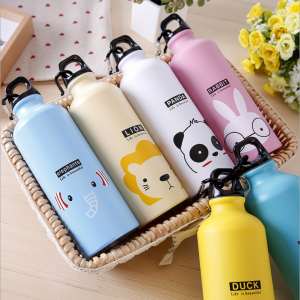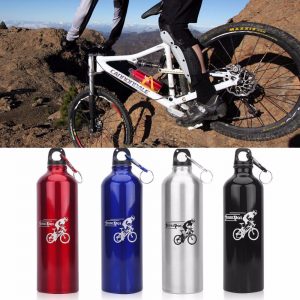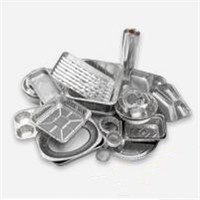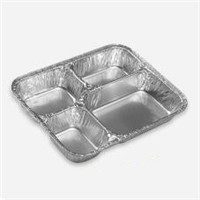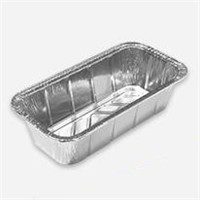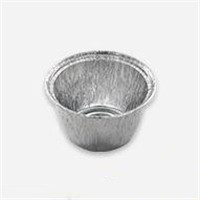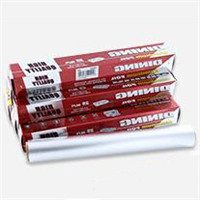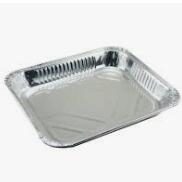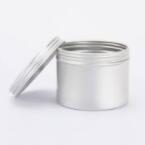From the design of the tinplate box to the printing of the actual object, it is a process of consciousness expression and form concreteness. The consciousness of the tin box model can be shown on the design drawing, but we cannot predict the true effect of the actual tin box image. As far as the ordinary four-color offset printing process is concerned, it is not easy to obtain the ideal color reproduction in printing. If a different printing carrier is selected, special printing process technology and effects are added.
In the process design of tinplate boxes, designers often only emphasize the concave and convex parts and hand them over to the printing iron factory for production, and the specific quality requirements are often ignored, making the printed matter produced less than ideal. Here is the editor of Mai’s editor to introduce several concave-convex processes: First, laser engraving should be used (try not to corrode manual engraving), and at the same time, it is necessary to make sets of intaglio and relief plates, so that the edges and corners produced are more precise and clear. Secondly, choose the appropriate depth according to the needs of the design screen and the toughness of the paper. Then, if the print volume is more than 10,000 sheets, a durable copper material should be selected as the printing plate, which has strong printing resistance and ensures that the corners are not easy to wear.
Principle of bumping process
The embossing process is to form a three-dimensional effect higher or lower than the surface of the plate through the prefabricated engraving model and pressure. Concave, the process of applying pressure from the back of the sheet to swell the surface is commonly known as bumping; and applying pressure from the front of the paper to make the surface is called concavity. It is a common technique in the subsequent processing of printed surfaces. The main purpose is to emphasize the overall The partial expression of the design highlights its important parts.
Precautions for bump processing
1. The template of the bronzing convex should not have beveled edges, because this may cause the edge gold foil to not be firmly attached.
2. Templates with beveled edges are usually made of copper or brass, and the angle of the beveled edge is 30 or 50 degrees.
3. Multi-layer template is better to use thermal bump or plain bump.
4. Doing material and effect testing first is a good way to prevent the actual effect and design requirements from being out of place.
5. Communicate more with the plate-making supplier to understand and confirm what the printing materials are. The toughness and thickness of the printing material determine the depth of the embossing template.
